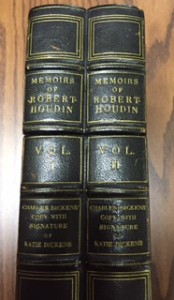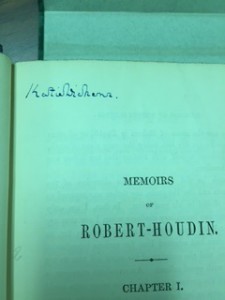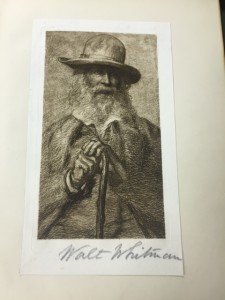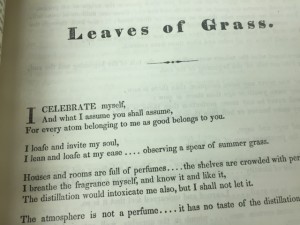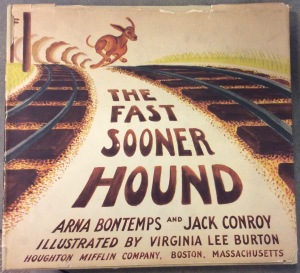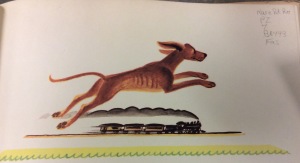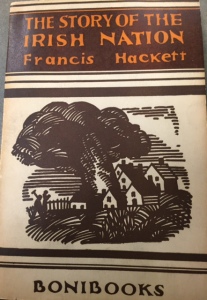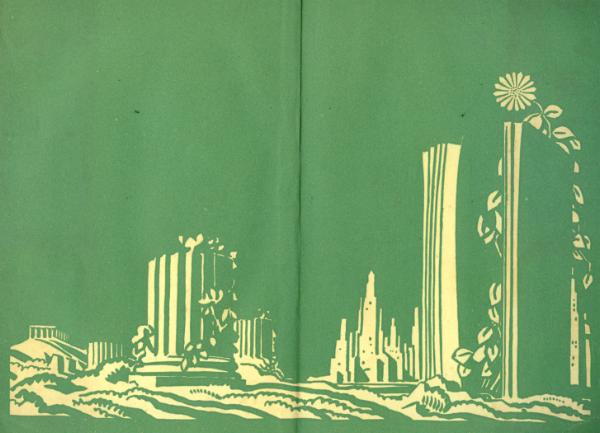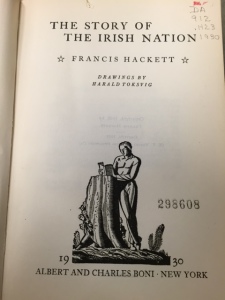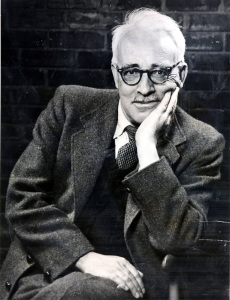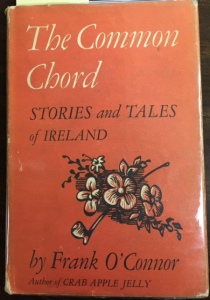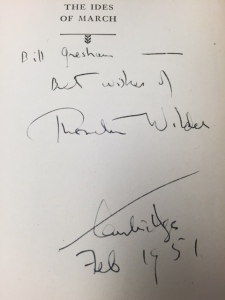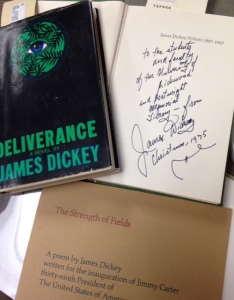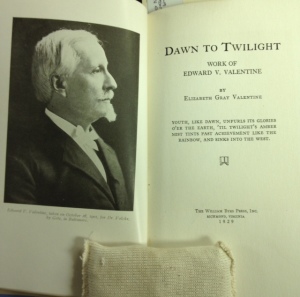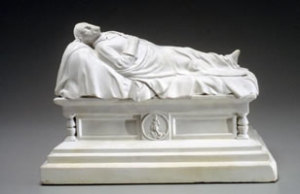
You’ll be bothered from time to time by storms, fog, snow. When you are, think of those who went through it before you, and say to yourself, ‘What they could do, I can do.’
~ Antoine de Saint Exupéry,
Wind, Sand, and Stars, 1939
When I find a piece of history untouched for years (or even decades), a book with a sentimental inscription, a long-ago letter to a loved one far away — these moments are just a few of the special ones which cross my path on a regular basis. Sometimes it is working with a researcher, especially one searching out bits and pieces of their family history, who makes a discovery about an ancestor previously unknown to them. Sometimes it happens when I’m teaching. I’ll see a student learn that the things they have to do sometimes become something they want to do instead. Or, even more fun, when I work with someone who claims to have no interest in history, and watch them connect with a diary entry of a college student from the 1880s, a newspaper clipping from their hometown from the 1910s, or a photograph of some person or event that speaks to them across the years. Moments like that are the unexpected joys, the ones that brighten a gray or cold day with sunshine from the inside.
Sometimes there are moments when I reconnect with a piece of my own past. I remember reading The Little Prince as a child and dreaming of flying free, exploring strange planets, and meeting a fox all my very own. I’ve made a habit of re-reading it every few years, and each time I do, I come away feeling as though I’ve learned something different every time. The Little Prince was first published on this day in 1943, so let’s take a moment to celebrate that character and the pilot who created him.
When I first learned that the author of The Little Prince was a pilot, and that in many ways he was indeed much like the little prince of his book, I was charmed. And I knew I wanted to explore both the prince and the pilot. Born into an old French noble family, Saint-Exupéry trained as a pilot in the early 1920s, a career which took him far and wide. Eventually, he flew routes across North Africa, working on the air mail (Aéropostale) route between Toulouse and Dakar. He was stationed at Cape Juby airfield, in South Morocco, inside the Sahara Desert for a number of years before directing the Aéropostale in Argentina. During World War II, he flew reconnaissance flights, and, in fact, was on one such flight when he disappeared in 1944.
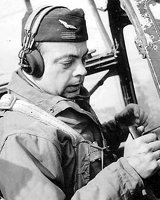
Antoine de Saint-Exupéry, pilot
Doing this research gave me the opportunity to delve into his other writing. Many of these books are centered on his experiences as a pilot, including his first major work in 1931, Vol de nuit (Night Flight). In 1935, he and his navigator were nearing the end of a long flight when they crashed in the Libyan portion of the Sahara Desert. His memoir of survival, Wind, Sand and Stars, harbors echos of his future story of a little prince. Other works included Flight to Arras, which dealt with a troubling reconnaissance mission, and the posthumously published work, The Wisdom of the Sands.
What was most interesting to me, however, was trying to reconcile the adventurous and somewhat undisciplined pilot, an aviation pioneer in many respects, with the lyrical, charming, and even sentimental, writer. The two worlds don’t usually mix. But he did, and he did it well at that. Reading his detailed story of surviving the crash in the desert brought home the crash of the little prince. And learning of the pilot’s mysterious disappearance (although somewhat less mysterious now) helped understand the departure of the Little Prince. As Saint-Exupéry himself wrote, “flying and writing are one and the same for me.”
It seems both brought him some bit of joy. Doing this research brought moments of joy to my world – the chance to re-read a favorite book, and the opportunity to bring a bit of it to life in the story of its author. Stop by the Galvin Rare Book Room to see our 1943 French edition of The Little Prince and our beautiful 1942 numbered and signed edition of Flight to Arras, as pictured below.
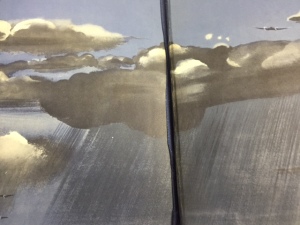
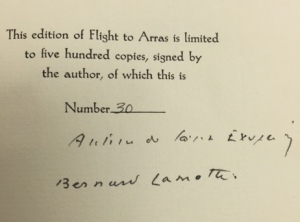
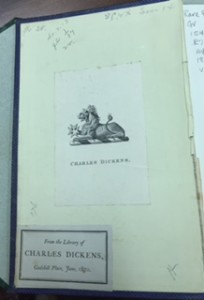 library–a two volume set of the Memoirs of Robert Houdin (Rare Book Room GV1545.R47 A4 1859a, v. 1 & 2), a French magician of great importance. (Houdini took his stage name from Houdin.) If the label in the front saying, “From the Library of Charles Dickens,” isn’t enough, on page 1 of volume one, in very girlish penmanship is written “Katey Dickens”, his youngest sur
library–a two volume set of the Memoirs of Robert Houdin (Rare Book Room GV1545.R47 A4 1859a, v. 1 & 2), a French magician of great importance. (Houdini took his stage name from Houdin.) If the label in the front saying, “From the Library of Charles Dickens,” isn’t enough, on page 1 of volume one, in very girlish penmanship is written “Katey Dickens”, his youngest sur
